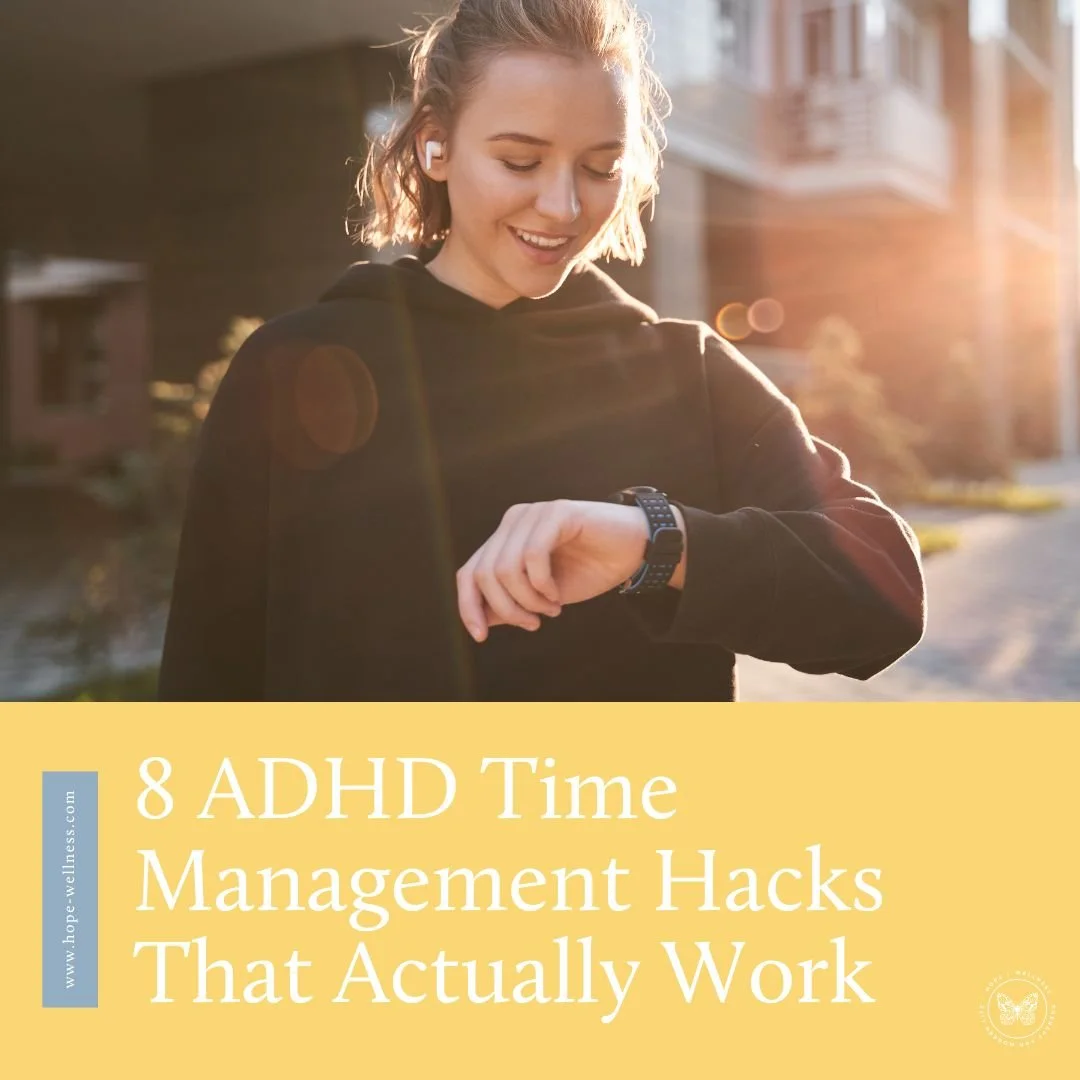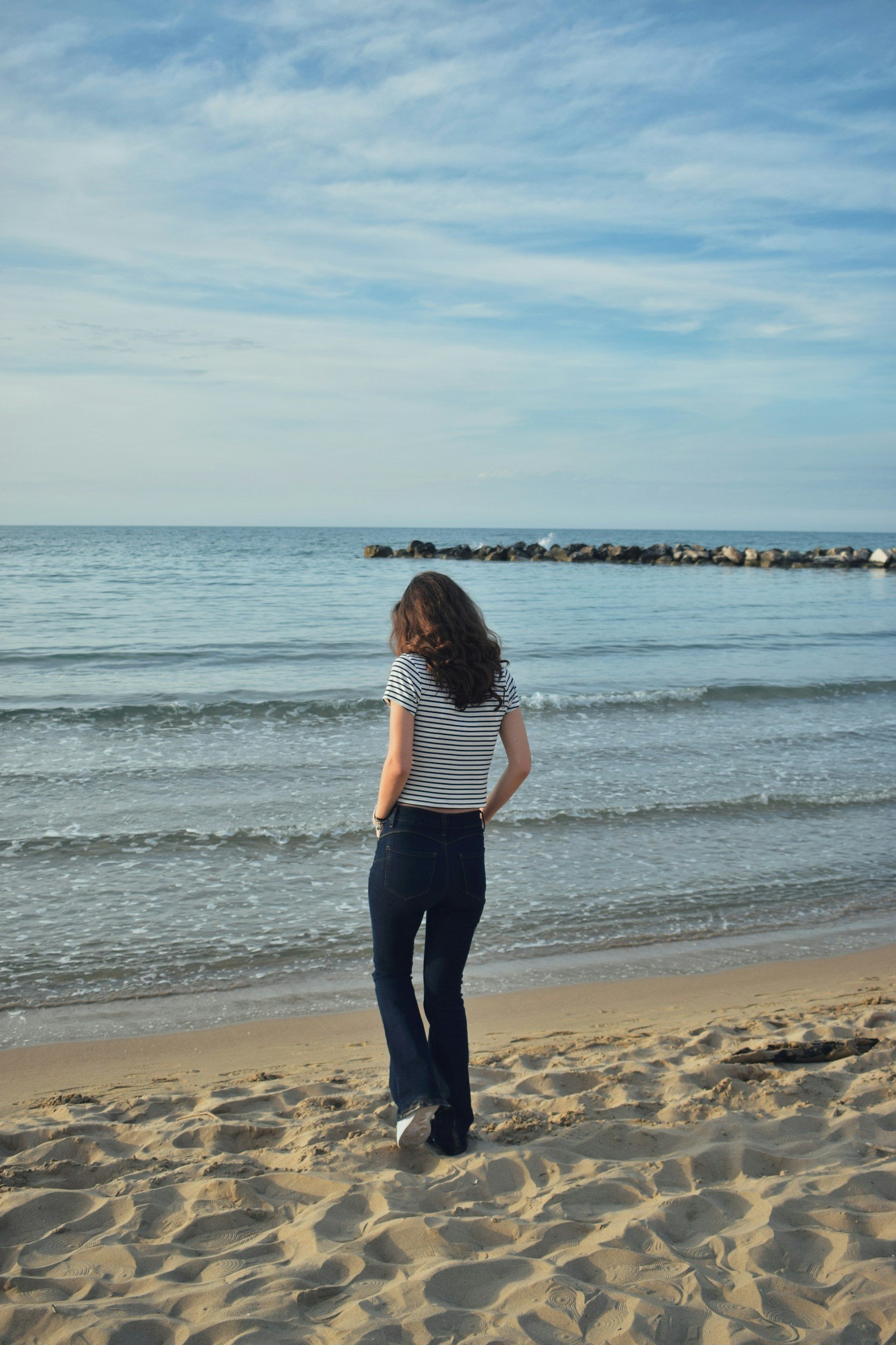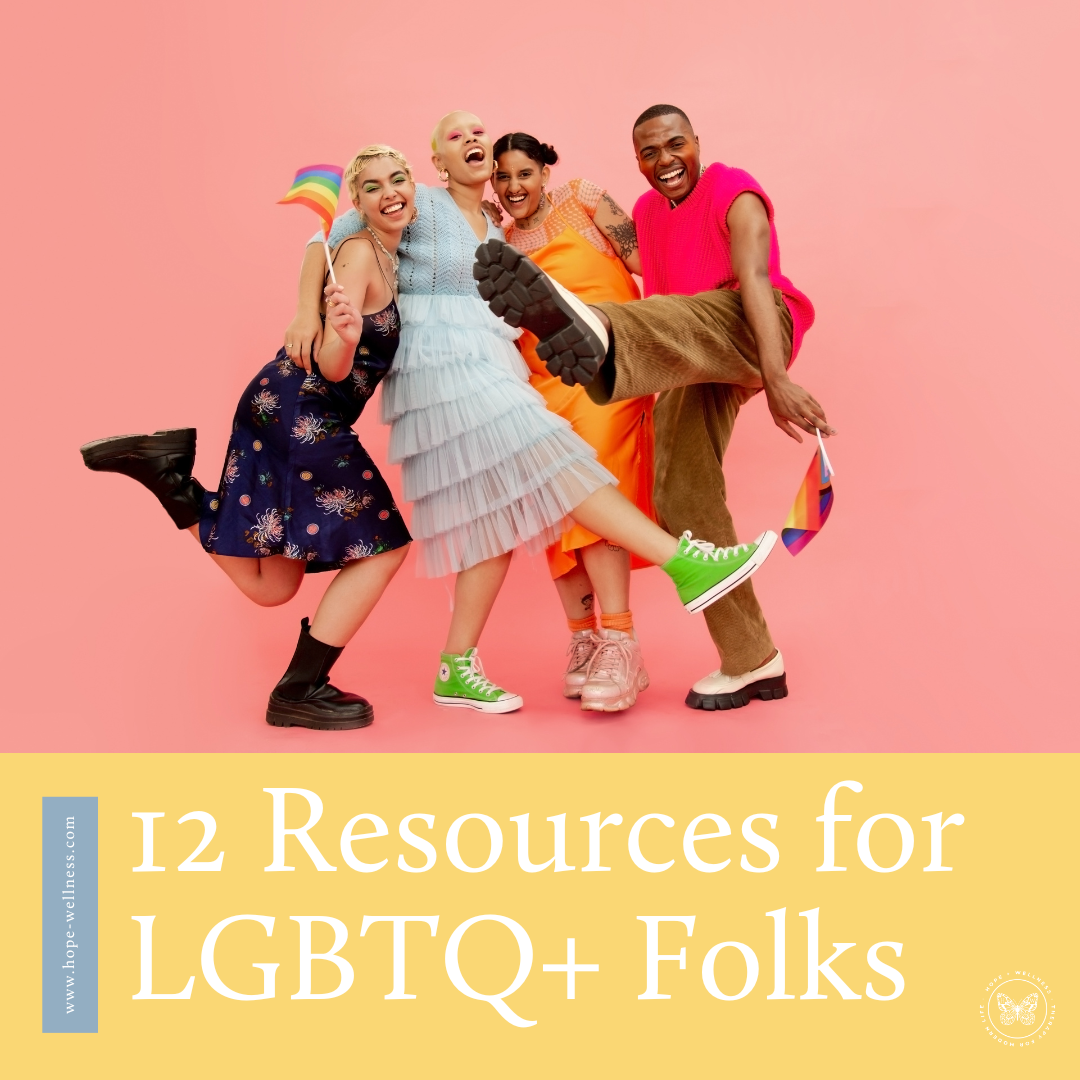How Grounding Techniques Can Help With Anxiety
If you’ve dealt with anxiety before, you know that it can be hard to get out of the cycle of panic on your own. When you’re in the midst of an anxious spiral, it can be almost impossible to snap yourself out of it, especially if you haven’t practiced. Anxiety is a complicated condition, but luckily there are ways to prepare yourself for your next bout of anxiety. One of the most popular ways to help manage panic or distressing thoughts is by grounding yourself.
What is grounding?
Grounding is a practice that allows you to connect back to your body and the earth. Grounding is a great option when you want to feel more stable and relaxed. Taking the time to focus on your connection to your body and the earth can help you approach things from a place of stability, rather than panic.
Grounding is kind of like taking a deep breath and resetting when your emotions are heightened. It allows you to take a break from the mass of thoughts and worries in your head and instead focus on being present in your body. Using a grounding technique can help break the cycle of anxious thoughts and return you to the present moment.
The techniques used in grounding aren’t limited to just anxiety relief. They can be helpful for folks dealing with PTSD, frequent bouts of dissociation, feeling the urge to self-harm, and for folks struggling with substance use. Since the point of grounding is to bring you back to the present, instead of getting lost in your thoughts and feelings, it can be a valuable way to calm yourself down quickly in any situation.
What are some ways to practice grounding yourself?
There are a lot of ways to ground yourself, and you don’t have to try them all. You might go through the list and try a few out and find one that works really well for you, or you might use a different technique every time. Here are some of our favorite grounding techniques to try when you feel anxious:
The 5-4-3-2-1 Method.
This method uses the senses to ground yourself. Find five things you can see, then four things you can feel, then three things you can hear, then two things you can smell, and finally, one thing you can taste. Make sure to say each thing out loud to yourself.
Carry a grounding object.
You might find it helpful to bring a grounding object with you when you’re out and about. The object can be whatever you want it to be (rocks, soft fabrics, photographs, marbles, trinkets, crystals, etc.), just make sure it’s easy to grab when you feel your anxiety kicking up. Focus entirely on your object, using your hands to touch it and taking note of anything you feel with your body.
Make a hot beverage.
Focusing fully on the process, make a warm beverage for yourself, like coffee, tea, or hot chocolate. Carefully follow each step of the process. Take note of what your body feels during the process - use your senses as a guide.
Use water.
Try putting your hands in water. Switch up the temperature and notice how that feels on your skin. How does the water feel on your fingers? On your palms? Does it feel the same everywhere, or does it feel different depending on the part of your hand that’s submerged?
Return to your breath.
There’s a reason why people say “take a deep breath!” when you’re worked up over something - it is a quick way to help you calm your body + brain down. Close your eyes and follow the count of your breath. Try inhaling for longer than you exhale, and vice versa. Notice what it feels like to change up the rhythm of your breath.
Picture a stream.
Imagine that your brain is a river and your thoughts are leaves on the top of the water, floating past. For every new thought you have, picture placing it on a leaf and watching it float right on past. This is a great reminder that thoughts naturally come and go, and we don’t have to fixate on them.
Wiggle your feet.
Sometimes you might not want to draw tons of attention to yourself when you’re trying to ground yourself. A fairly private way to ground yourself in a public place is to focus on your feet in your shoes. Wiggle your toes in your shoes, tense up your foot and then allow it to relax, stretch a little. How do your feet feel in your shoes?
Get moving.
A great way to distract yourself is to use some of that anxious energy by moving your body. Movement doesn’t have to mean punishing your body for the way it looks, it’s just another tool in your mental toolkit to help yourself feel better. Explore ways of movement that feel good to you. If you have a hard time coming up with something, think back to the ways you liked to move as a child. Did you dance a lot? Jump rope? Hula hoop? Play a sport? See if there’s a way you can reincorporate that activity into your adult life.
The Grounding Chair technique.
Sit straight up in your seat, with your feet on the ground and your hands on your knees. Start with some deep breaths, then take note of how your body feels in the chair. What does it feel like where your body is touching your seat? What material is the chair made of? Imagine the energy in your body moving through your body back into the earth. As you imagine the energy moving, relax your muscles and take note of how that feels.
Observe your surroundings.
Whether you’re inside or outside, actively take a look at your surroundings. Are you warm or cold? Are you in nature? What can you see or hear? Describe your surroundings with tons of detail to yourself.
Having a plan for when anxiety kicks up can go a long way toward making you feel better. Try out a few of these grounding techniques and see which ones work best for you. Then you have something to turn to when you’re feeling anxious and lost and are having a hard time calming yourself down. Make sure to practice these techniques when you’re feeling safe and your anxiety is low, so you can focus on mastering the techniques instead of calming your anxiety until you get the hang of it. If you need help creating a plan for your next bout of anxiety, our clinicians can help you find one that works for you.
counseling in falls church, mclean, tysons corner, merrifield, arlington and vienna, va
Hope+Wellness is a therapy practice serving the Falls Church, McLean, Great Falls, Vienna, Arlington, Alexandria, and the greater Washington DC region. We provide compassionate care to children, teens, and adults with stress, anxiety, and depression. Our practice is in-network with BCBS and provides Cognitive Behavioral Therapy (CBT), mindfulness and acceptance based therapies, and other top, premier evidence-based treatments. Call, email, or schedule an appointment with us online today. We’re happy to help!










If you’re looking for ways to slow down the holiday rush this year so you can actually enjoy yourself, here are some ideas for how to stay present during the holiday season.